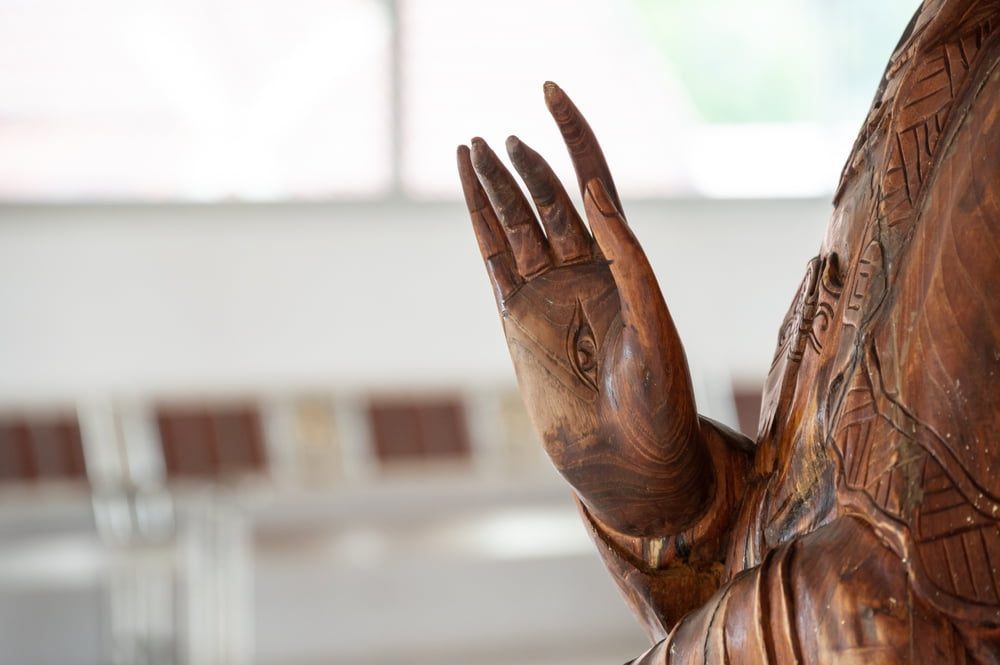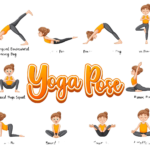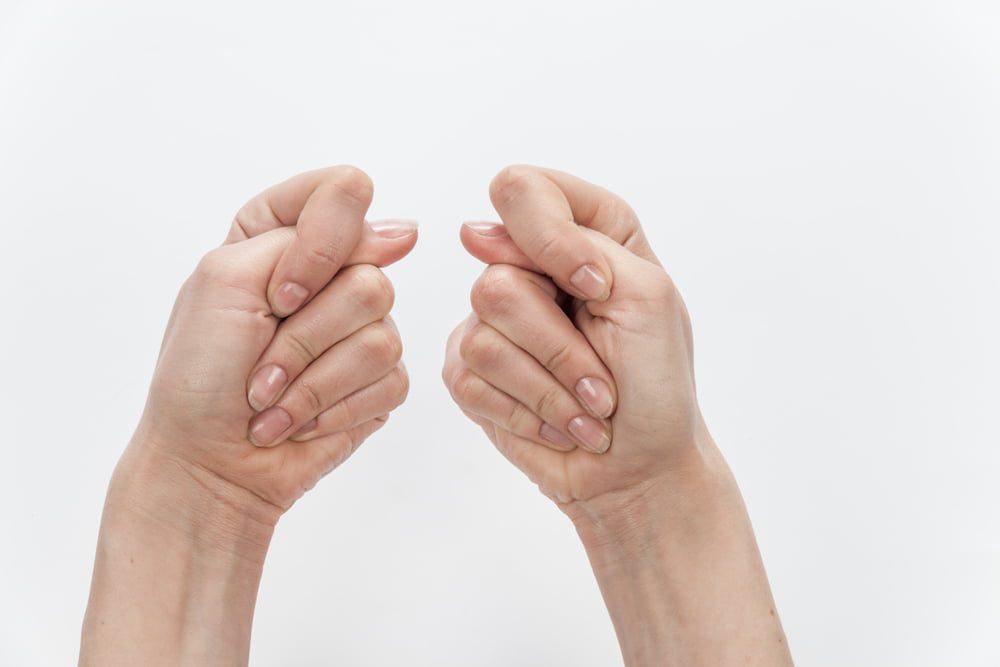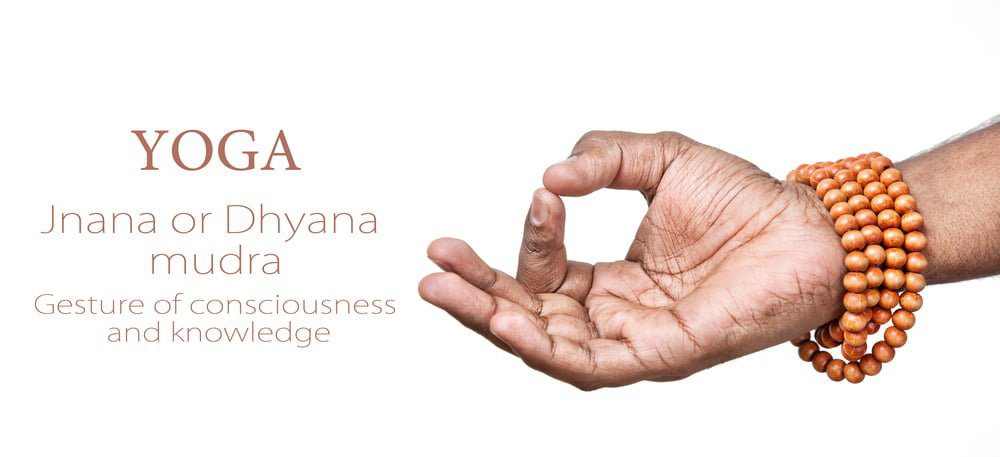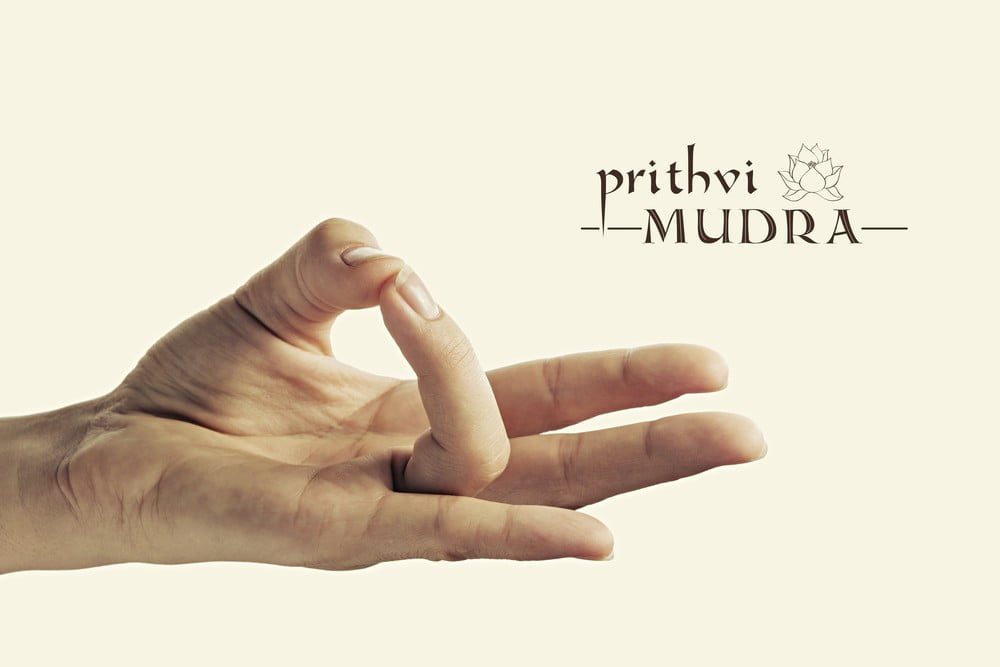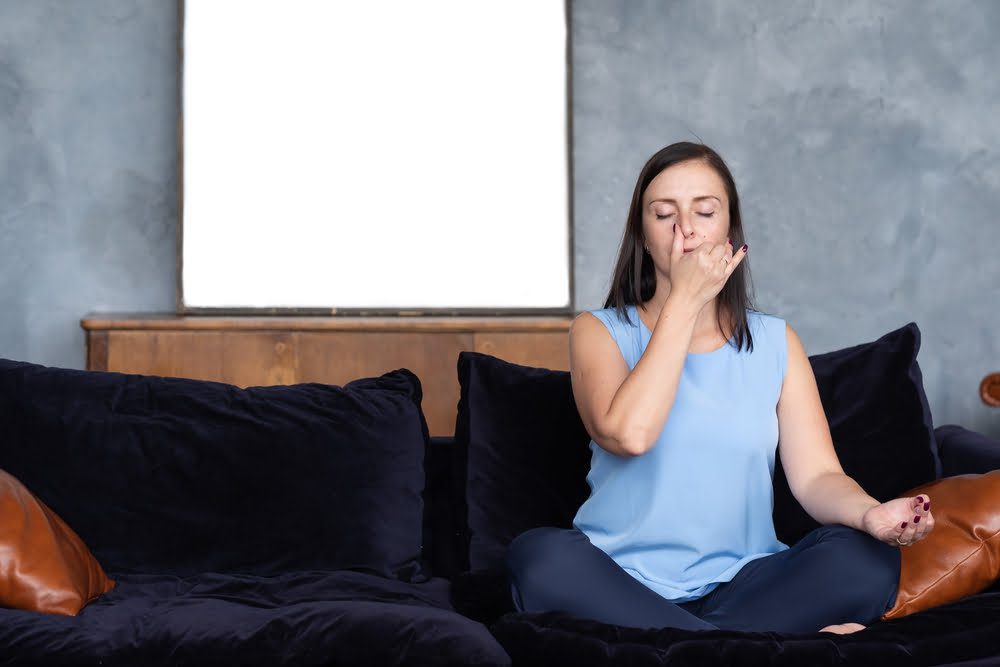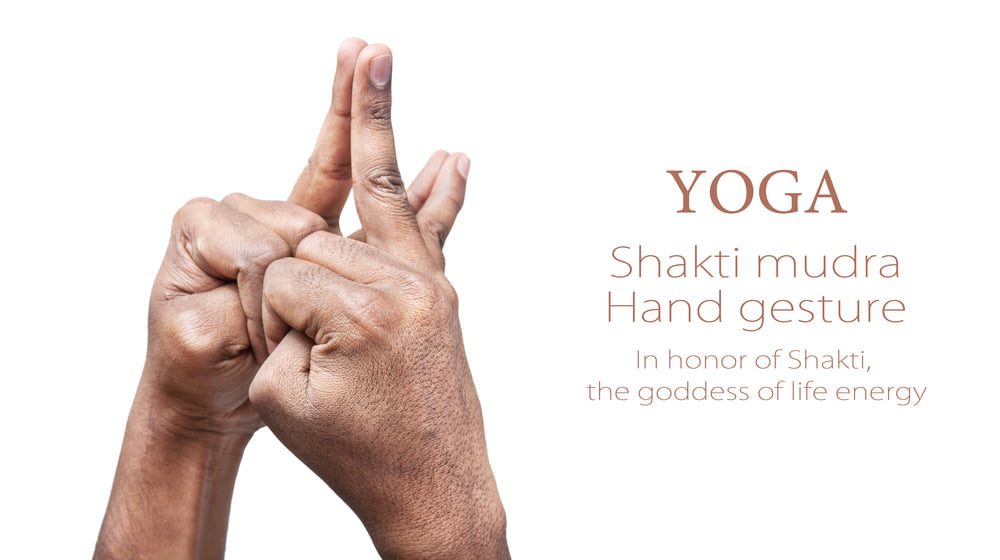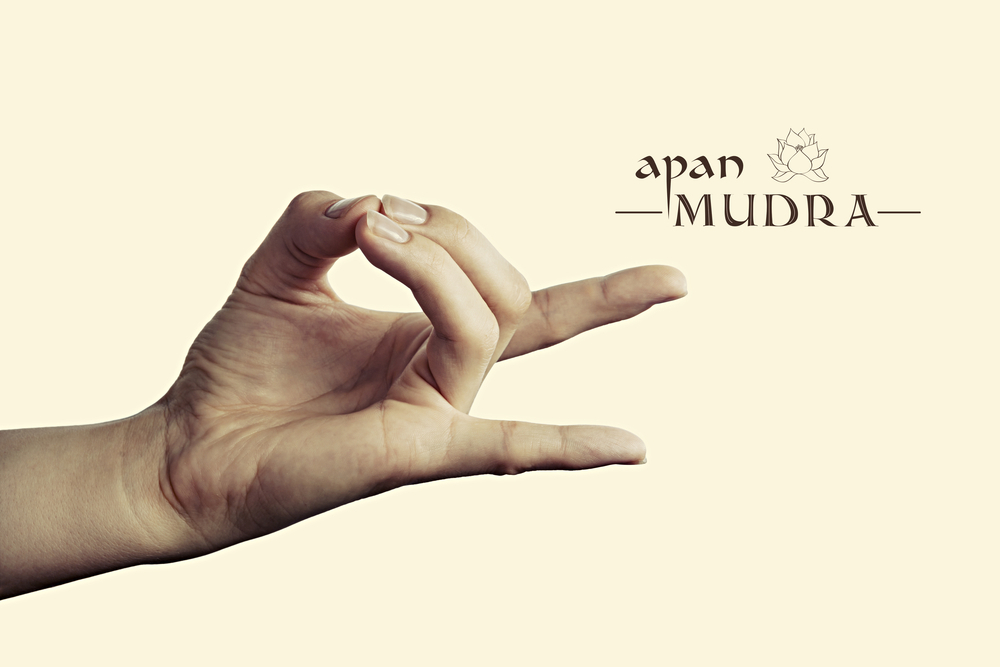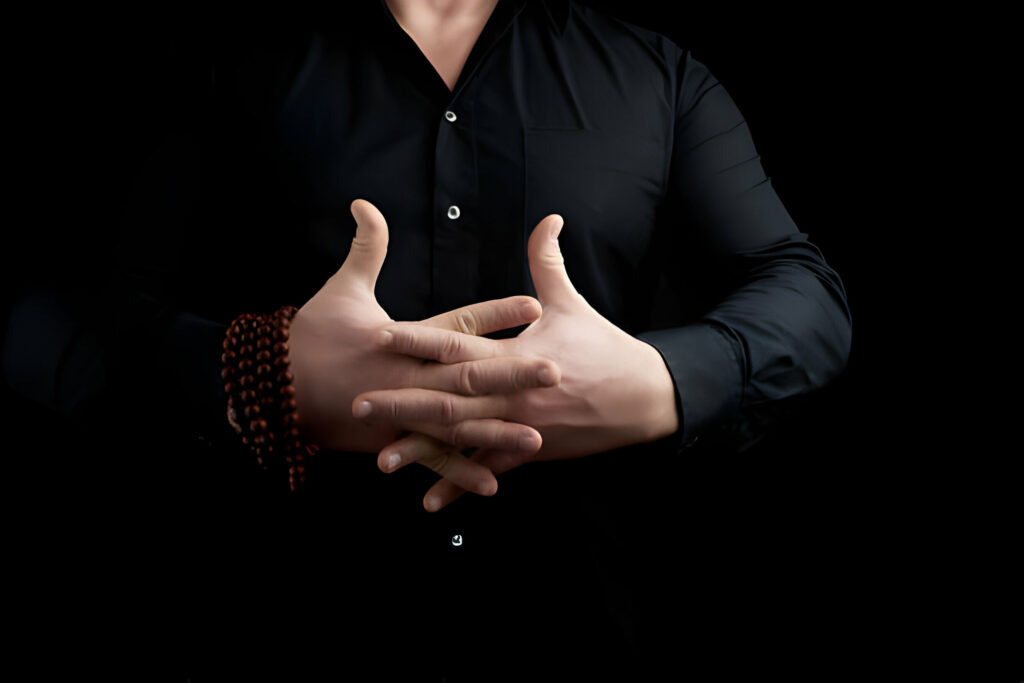Abhaya Mudra, also known as the “Gesture of Fearlessness,” is a symbolic hand gesture commonly used in various spiritual and cultural practices. This mudra holds significant importance in Hinduism & Buddhism, representing protection, fearlessness & peace. By understanding the benefits, side effects, how to do it & necessary precautions, individuals can incorporate Abhaya Mudra into their meditation or mindfulness routines to enhance their spiritual & mental wellbeing. This article explores the various aspects of Abhaya Mudra, shedding light on its significance & providing guidance on its practice to help individuals harness its potential benefits while ensuring a safe & effective experience.
Benefits of Abhaya Mudra.
Here are some of the benefits of practicing Abhaya Mudra:
1. Fearlessness.
As the name suggests, Abhaya Mudra helps to cultivate a state of fearlessness & courage in individuals. By practicing this gesture, one can develop the ability to face challenges with confidence and bravery, both in daily life & during difficult situations. It helps to release any fears or anxieties that may hold a person back from pursuing their goals.
2. Emotional Balance.
Abhaya Mudra has a calming effect on the mind & helps in bringing emotional balance. By focusing on the hand gesture during meditation or mindful breathing exercises, individuals can reduce stress, anxiety & restlessness.
It promotes a sense of inner peace, tranquility & equanimity, allow individuals to handle emotions in a more balanced & composed manner.
3. Self Assurance & Self Confidence.
This mudra is known to enhance self assurance & self confidence. By practicing Abhaya Mudra, individuals can develop a sense of self belief & trust in their abilities.
It helps in boosting self esteem and overcoming self doubt which allow individuals to navigate through life’s challenges with conviction & assertiveness.
4. Protection & Warding off Negativity.
Abhaya Mudra is believed to create a protective shield around the practitioner, safeguarding them from negative energies, influences & harmful intentions. It is said to help ward off fears, doubts & negative thoughts, enabling individuals to stay focused & positive.
5. Openness & Approachability.
The outward facing palm in Abhaya Mudra symbolizes an open & approachable attitude. This mudra helps individuals in cultivating a welcoming & accepting demeanor, inviting positive interactions with others.
It promotes effective communication, understanding & cooperation, making individuals more receptive to different perspectives and ideas.
6. Spiritual Awakening.
Abhaya Mudra is often associated with spiritual awakening & enlightenment. By practicing this gesture, individuals can deepen their spiritual connection, expand their consciousness & attain a state of higher awareness.
It aids in the journey of self discovery & self realization which allow individuals to tap into their inner wisdom & intuition.
| 💡 Tips Verywel Fit.com Practice of Abhaya Mudra offers numerous benefits for individuals seeking physical & mental wellbeing, emotional balance, self assurance, protection, openness & spiritual growth. By incorporating this mudra into one’s daily mindfulness or meditation practice, individuals can experience a profound transformation in various aspects of their lives. |
Side Effects of Abhaya Mudra.
The Abhaya Mudra, a powerful hand gesture commonly practiced in various spiritual traditions, is known for its numerous benefits. However, it is essential to be aware that like any practice, there might also be side effects associated with it. While these side effects are generally rare and mild, it is crucial to understand them to ensure a safe and informed practice.
1. Physical Discomfort.
Some individuals may experience temporary physical discomfort when practicing the Abhaya Mudra. This can manifest as slight muscle strain or tension in the arm, hand or fingers due to holding the gesture for an extended period.
It is advisable to start with shorter practice durations & gradually increase them to avoid such discomfort.
2. Energy Imbalance.
The Abhaya Mudra stimulates & balances the flow of energy within the body. Occasionally, practitioners may experience temporary energy imbalances like feelings of restlessness or excessive energy.
This imbalance can be easily corrected by grounding techniques like walking barefoot on the earth or spending time in nature.
3. Emotional Release.
The Abhaya Mudra has the potential to release suppressed emotions & energy blockages within the body. This might lead to unexpected emotional reactions during or after the practice.
It is important to create a supportive and non judgmental environment to process these emotions, allowing for healing and transformation.
4. Heightened Sensitivity.
As the Abhaya Mudra enhances awareness & sensitivity, practitioners may become more attuned to their surroundings & inner experiences.
While this can be beneficial, it might also temporarily increase sensitivity to external stimuli which resulting in feelings of overwhelm or overstimulation. Taking breaks, practicing self care & maintaining a balanced lifestyle can help in managing this side effect.
5. Spiritual Awakening.
The Abhaya Mudra is regarded as a symbol of fearlessness & protection. As practitioners deepen their practice, they may experience profound spiritual insights or awakenings.
This can be a transformative process that may challenge one’s existing beliefs & perspectives. It is recommended to seek guidance from experienced practitioners or spiritual teachers to navigate this journey.
| 💡 Tips Verywel Fit.com It is important to note that the side effects mentioned above are generally rare & often temporary. They should not discourage individuals from practicing the Abhaya Mudra. However, if any side effect persists or causes significant discomfort, it is advisable to consult with a healthcare professional or experienced practitioner to ensure a safe & suitable practice. |
How To Do Abhaya Mudra?
If you are interested in learning how to do Abhaya Mudra, follow the steps below:
1. Find a Quiet & Calm Space.
It is essential to practice Abhaya Mudra in a peaceful environment where you can focus & connect with your inner self without distractions.
2. Assume a Comfortable Sitting Position.
Sit cross legged on the floor or on a cushion, ensuring your spine is straight & your body is relaxed. Alternatively, you can sit on a chair with your feet flat on the ground.
3. Relax Your Entire Body.
Close your eyes gently & take a few deep breaths to release any tension or stress. Allow your body to soften & let go of any tightness in your muscles.
4. Bring Your Hands To Your Chest.
Place both hands in front of your chest with your palms facing upwards. The fingertips of both hands should touch each other lightly, creating a gentle curve.
5. Extend Your Fingers.
Keeping the palms facing upwards, gradually extend your fingers while maintaining a slight curve in your hands. Your fingers should be straight, yet relaxed.
6. Keep Your Wrists Soft.
Ensure that your wrists remain relaxed & not overly tensed. This allows energy to flow freely through your hands and fingers.
7. Focus On Your Breath.
Shift your attention to your breath, inhaling deeply through your nose & exhaling slowly through your mouth. Let each breath be mindful, bringing you into a state of calmness & centeredness.
8. Visualize Fearlessness & Protection.
As you hold the Abhaya Mudra, visualize a sense of fearlessness & protection enveloping you. Imagine any fears or anxieties dissolving away, leaving you with a deep sense of safety & inner peace.
9. Maintain The Gesture for a Few Minutes.
Continue to hold the Abhaya Mudra for a few minutes, allowing its energy to permeate your being. You can also repeat a mantra or affirmation silently or aloud to enhance the practice.
10. Release the Mudra.
Gently release the gesture by bringing your hands back to your lap or your sides. Take a moment to observe any changes or sensations within your body & mind.
| 💡 Tips Verywel Fit.com Remember, practicing Abhaya Mudra regularly can help to cultivate a sense of fearlessness, confidence & protection in your life. It is a simple yet powerful gesture that can bring about a profound transformation in your overall wellbeing. |
Precautions during Abhaya Mudra.
When practicing Abhaya Mudra it is important to take certain precautions to ensure a safe & balanced experience. Here are some precautions to consider:
1. Physical Warm Up.
Before performing any mudra, including Abhaya Mudra, it is advisable to warm up your body through gentle stretching or yoga exercises. This helps to prepare your muscles & joints, ensuring a more comfortable practice.
2. Relaxation & Focus.
Prior to initiating the Abhaya Mudra, it is essential to create a calm & focused state of mind. Engage in deep breathing exercises or meditation to attain a relaxed & centered mental space.
This will enhance the effectiveness of the mudra & promote a deeper connection with its symbolic meaning.
3. Proper Hand Placement.
To perform Abhaya Mudra, raise your right arm to shoulder height, with the palm facing outward & fingers extended.
Ensure that your hand is relaxed & not strained. Avoid excessive tension or gripping, as this can lead to discomfort or fatigue.
4. Balanced Body Posture.
Maintain an upright & balanced posture throughout the practice. Sit or stand with your spine straight & avoid slouching or leaning excessively. This helps to establish a stable foundation for the mudra & promotes energy flow within the body.
5. Gradual Progression.
If you are new to practicing Abhaya Mudra, it is recommended to start with shorter durations & gradually increase your practice time. This allows your body & mind to adapt to the mudra’s energy and prevents strain or overexertion.
6. Intention & Affirmation.
Before initiating the mudra, set a positive intention or affirmation in your mind. This can be a personal mantra, prayer or affirmation related to fearlessness, protection or any other desired quality.
Focusing on this intention during the practice helps to reinforce its significance & enhances the overall experience.
7. Awareness of Sensations.
During the practice, pay attention to any sensations or feelings that arise in your body, hand or mind. Be mindful of any discomfort, pain or numbness.
If you experience any discomfort, gently release the mudra & take a break. Listen to your body’s signals and adjust your practice accordingly.
8. Consistency & Regularity.
To fully benefit from Abhaya Mudra, it is recommended to practice it regularly & consistently. This helps to establish a deeper connection with the mudra’s energy & allows its transformative qualities to unfold gradually over time.
| 💡 Tips Verywel Fit.com Remember, while Abhaya Mudra can be a powerful tool for self expression & spiritual growth, it is always important to practice with awareness, respect and a sense of personal responsibility. Consulting with a qualified teacher or practitioner can provide further guidance & ensure a safe and beneficial experience. |
My Personal Experience on Abhaya Mudra.
During my personal experience with Abhaya Mudra, I felt a profound sense of calm & inner strength. By holding my hand up, palm facing outwards, I found myself letting go of any fears or anxieties that were weighing me down.
This gesture helped me to feel grounded & secure, as if a shield of protection surrounded me. It allowed me to tap into a deep reservoir of courage & confidence, empowering me to face challenges with a fearless attitude.
Abhaya Mudra truly was a transformative experience, reminding me of the power I possess within myself to overcome any obstacles that come my way.
Frequently Asked Questions.
1. Who is often depicted with Abhaya Mudra?
Abhaya Mudra is commonly associated with deities & enlightened beings in Buddhist and Hindu traditions. The Buddha is often depicted with this hand gesture as well as various Hindu gods and goddesses like Durga, Ganesh and Shiva.
2. Can anyone perform Abhaya Mudra?
Yes, anyone can perform Abhaya Mudra. It is not exclusive to a particular religion or belief system. Many people use this gesture during meditation or prayer to cultivate a sense of calm & protection.
3. Can Abhaya Mudra be used as a form of protection in everyday life?
While Abhaya Mudra is primarily a symbolic gesture, some people believe that incorporating it into their daily lives can help to cultivate a sense of fearlessness & protection. However, it is important to remember that true protection comes from inner strength & awareness, rather than solely relying on external gestures.
Bottom Line.
The Abhaya Mudra is a powerful hand gesture that holds great significance in various spiritual & cultural practices. It symbolizes fearlessness, protection & peace, reminding individuals to let go of their anxieties and embrace a state of calmness & courage. From ancient times to the present day, the Abhaya Mudra continues to be a visual representation of strength and assurance, serving as a reminder for individuals to overcome their fears & approach life with confidence. Whether used in religious ceremonies, artistic depictions or personal meditative practices, this mudra serves as a timeless reminder of the potential within each individual to conquer fear & find inner peace.
How we reviewed this article:
Our team of experts is always monitoring the health and wellness field, ensuring that our articles are updated promptly as new information emerges. See Our Editorial Process
Oct 22, 2025
Written By: Uttam
Reviewed By: Tatiana Sokolova
Written By: Uttam
Reviewed By: Tatiana Sokolova

 Workout
Workout
 Meditation
Meditation





 Contact Us
Contact Us



